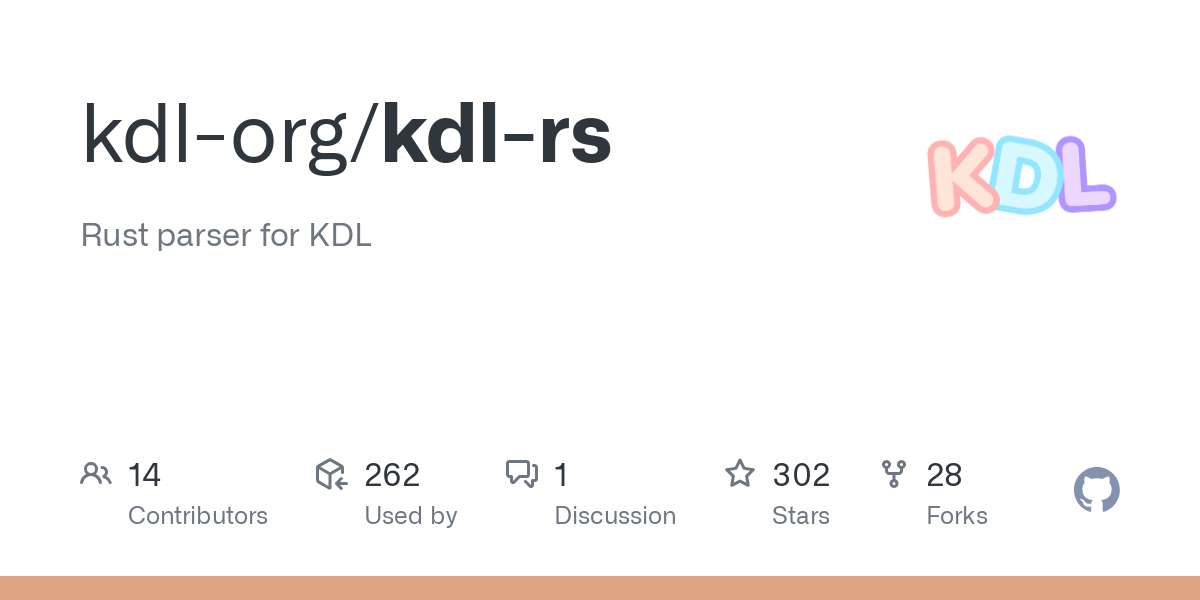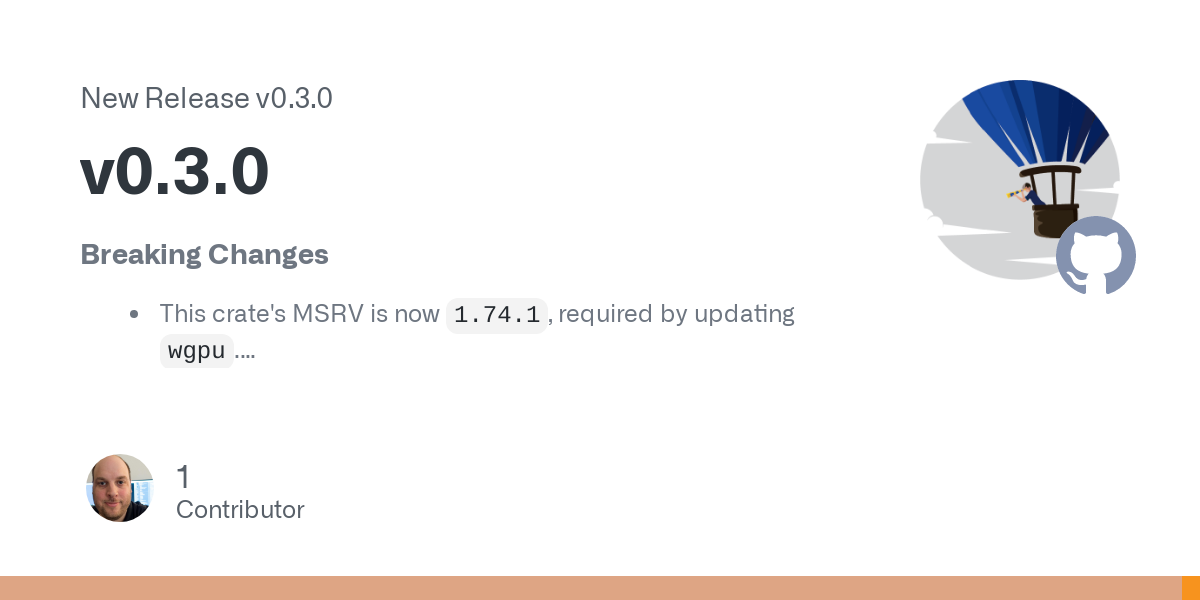Very quickly skimmed Cargo.toml and main.rs.
- What’s with the title-case name?
- The name proximity to
axumis also not cool. - You should mention that this is built on top of
axumin the project description. - How did you end up using both
lazy_staticandonce_cell, whenOnceLockhas been stable since 1.70 andaxum’s MSRV is 1.75? - Why did you copy-paste
min-sized-rustflags? - You can actually print like this:
println!("{proto}://{ip}:{port}");
instead of
println!("{0}://{1}:{2}", proto, ip, port);
and the positional indices are redundant anyway.
- Since you’re depending on
tracing, you should actually usetracing::errorinstead ofeprintln!("❌ ...").
Okay. I will stop here.








The uppercase A in Axium.